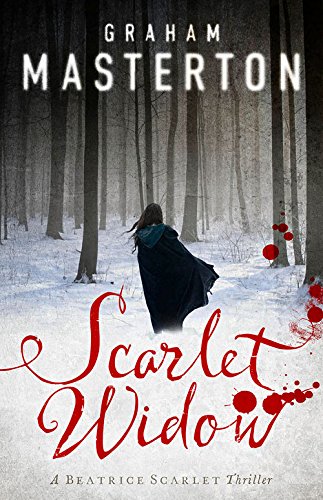The Scarlet Widow
After being orphaned at 16, in the year 1750, Beatrice is sent to live with her aunt. She then marries a preacher named Francis Scarlet, who is bound for America. They settle in New Hampshire. When odd events begin happening, the townsfolk suspect witchcraft. Soon, Bea notices a mysterious brown-cloaked stranger watching her house. Additionally, a sinister man arrives in town and offers to negotiate with the demon plaguing the people and prevent further torment… but at a heavy price. Bea uses the alchemist’s knowledge she learned from her father to uncover the true devil.
I liked Bea’s analytical thinking (reading about intelligent, resourceful historical women who stretch beyond socially acceptable gender confines is my favorite), Masterton’s unpredictable plotline, the diverse characters, and the masterfully detailed historical setting. However, the main characters and their relationships show a lack of emotional depth, and there are too many references to women needing a “good beating to keep them in line” along with a graphic rape scene.
The book’s time period and mindset are superbly realized. However, Masterton goes a step too far at times, regarding both slavery and women. During sex scenes, Beatrice pretends to be sleeping while her husband begins fondling her. Eventually, Bea decides to be a good wife and relents to his needs. Why are these scenes even part of the story?
Masterton’s grisly rape scene is in no way necessary, since it doesn’t affect character motivation or the movement of the story. The entire book was ruined for me at that point, leaving me upset, disturbed, and not at all interested in a follow-up novel. It also made me wonder what Masterton’s target audience is.










